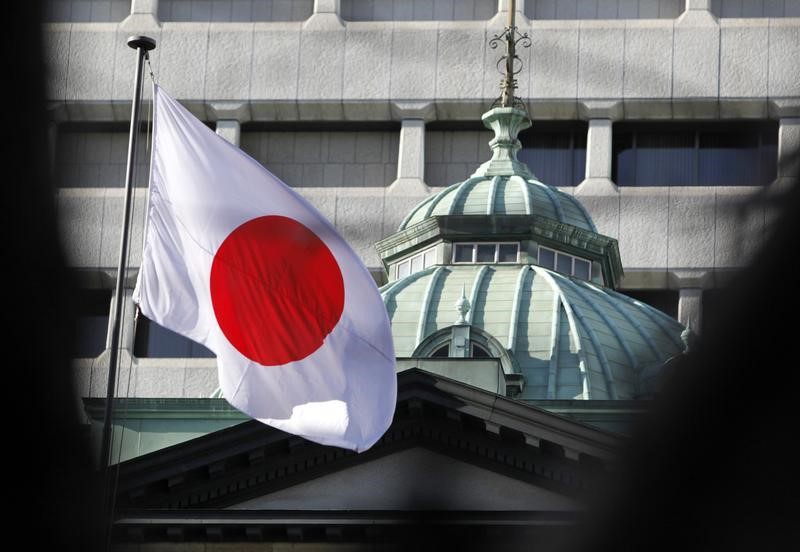(Bloomberg) -- The Bank of Japan left its monetary stimulus program unchanged on Friday, as Governor Haruhiko Kuroda started his sixth year at the helm just as he did the other five -- in pursuit of 2 percent inflation.
The decision to maintain the yield-curve control program and asset purchases was forecast by all analysts surveyed by Bloomberg.
The central bank also removed previous wording on reaching 2 percent inflation around fiscal 2019, while leaving its inflation forecasts largely unchanged. The change underscores just how much more time will be needed to reach its 2 percent target, even as other major central banks move further down the road to policy normalization.
Kuroda is expected to reiterate his intention to carry on with the stimulus at a press conference later on Friday. Doing so would likely provide a tailwind for the yen, which has weakened recently as U.S. bond yields have risen, widening the gap between returns in the U.S. and Japan.
“This is an opportune time for Kuroda to emphasize the continuation of stimulus,” Maiko Noguchi, a senior economist at Daiwa Securities and a former BOJ official, said before the policy decision. “The rise of U.S. Treasury yields helps weaken the yen and the BOJ wants to play its part to support that move.”
The BOJ trimmed its inflation forecast for fiscal year 2018 to 1.3 percent, while maintaining its forecast of 1.8 percent for 2019. It forecast 1.8 percent for fiscal 2020.
The yield on U.S. 10-year Treasury notes rose above 3 percent for the first time in more than four years this week. That’s partly due to expectations that the Federal Reserve will again raise its benchmark interest rate in June. The European Central Bank left policy unchanged on Thursday, with President Mario Draghi expressing confidence that inflation will eventually rise to its goal of just under 2 percent.
Rising global yields are one factor fueling speculation that the BOJ might tweak its policy -- particularly its yield target -- before it reaches its goal. With the Japanese economy growing, domestic demand is picking up, and while few economists expect inflation to reach 2 percent even in coming years, many say it could be anchored above 1 percent this year. That might give the BOJ room to make policy adjustments, analysts say.
Kuroda has talked more openly about policy normalization recently. He said last month that the BOJ would be debating the details of an exit in the year starting next April, as it expects inflation to be around the target by then. He’s also indicated that it could start adjusting policy even before hitting the target, but didn’t give any details.
Still, Kuroda has consistently said stimulus would continue until 2 percent is achieved. He told counterparts at a Group of 20 meeting this month that there is a long way to the BOJ’s price target and the bank intends to “persistently” continue monetary easing.
Friday’s meeting was the first policy gathering of Kuroda’s new five-year term, and the first for the two new deputy governors, Masayoshi Amamiya, a veteran BOJ policy architect, and Masazumi Wakatabe, a staunch reflationist.
While Wakatabe had been vocal in calling for more stimulus before he was nominated, he voted with the majority Friday on keeping policy unchanged. Goushi Kataoka again dissented, calling for additional stimulus.
Even after five years of pumping massive amounts of money into the economy, the BOJ’s key inflation gauge stood at 0.9 percent in March. Eighty-five percent of economists surveyed said they don’t think Kuroda can meet the price goal before his term ends in 2023.
“It’s fine now but the BOJ will face a hard time ahead,” Daiwa’s Noguchi said. “Insufficient momentum in inflation for the price goal will become clearer and the bank has few tools to deal with it.”
